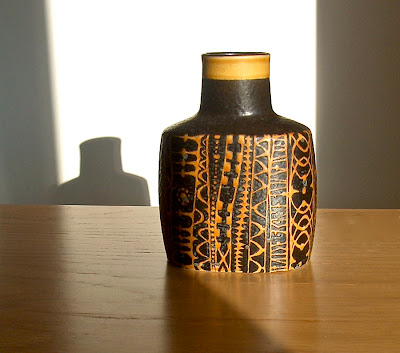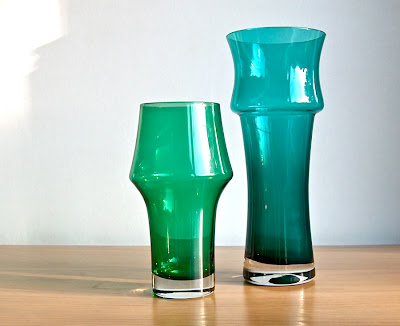Just before I get back to doing blogposts about pots, I thought I'd share this seasonal find with you. I wasn't really looking to pick up any more vintage Tupperware but when I came across this little box with a Christmas tree lid recently, I couldn't resist it.
I assume from the colour that it's part of the Harvest range. Remember this: Vintage Harvest Tupperware
Not sure if the Christmas tree impression in the lid is purely decorative or if it was designed to be used as a mould or a cutter. I have a feeling there were other lids like this – possibly a heart and a star.
As with most vintage Tupperware, it's well made, strong and works as well today as it did when it was made.




















































